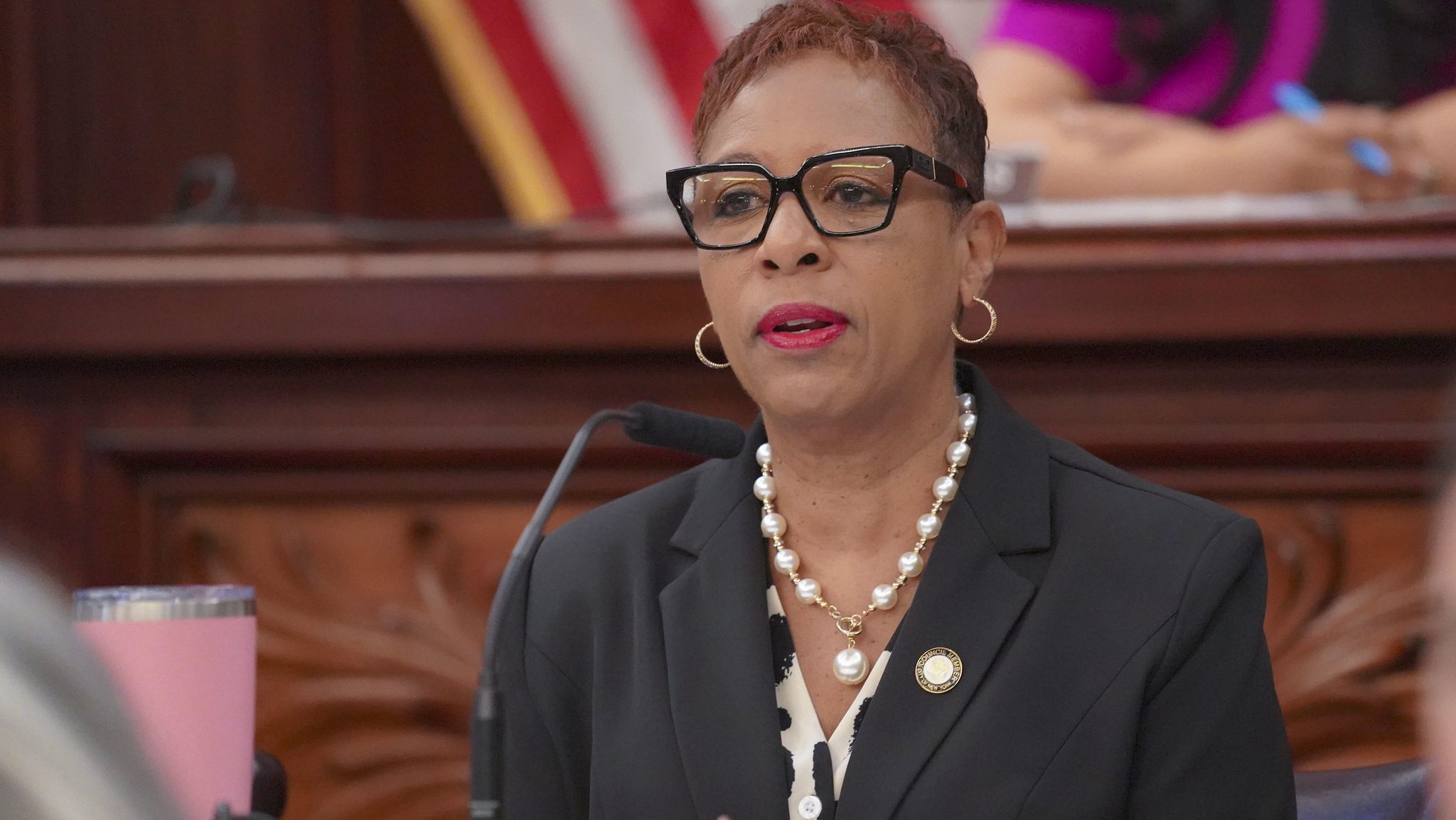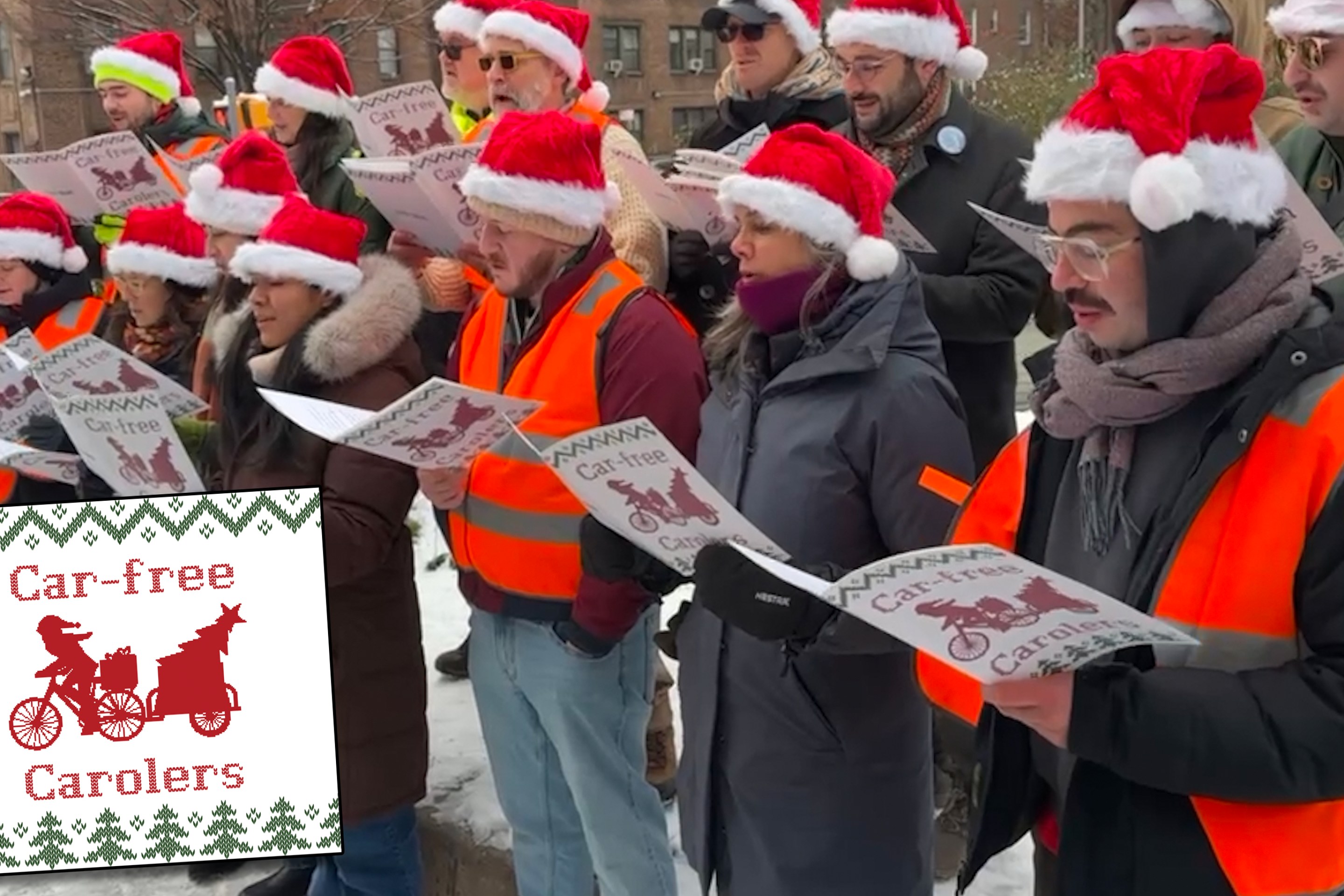
"Parking Improvement Districts" could help free up parking space and pay for streetscape improvements and maintenance on commercial strips like Kingsbridge Road in the Bronx.
Sunday's Daily News suggests an easy way for City Hall to win the support of local merchants for setting parking meter prices high enough to keep some curb spots open, and reduce the plague of cruising and double parking. In December the City's Department of Small Business Services (SBS) launched NYC Clean Street, a $1.6 million, two year grant program, to clean up the streets, sidewalks and storefronts in seven underserved shopping strips around the city. SBS's idea appears to be to get merchants hooked on clean sidewalks, so they will find money in their own pockets for cleaning after their city cleaning grants expire.
By transportation funding standards, the money involved is modest. The News reports that the "Bronx's Mosholu Preservation Corp. began encouraging Kingsbridge Road merchants to start raising some $30,000 a year needed to maintain clean streets." This is something Business Improvement District's (BID's) do via a property assessment.
What if instead of encouraging local merchants to form only a BID, the city encouraged merchants to form BIDs and Parking Improvement Districts? In these "PIDS," in return for supporting curbside parking vacancy targets of 15 percent (in which one of every six or seven spots is kept open) and variable meter prices to meet this target, merchants would get continued cleaning grants from the city. The city would still come out way ahead in the deal, and would achieve important traffic reduction and parking goals. Meters can generate tremendous revenue, and "using" some of that for local improvements ensures political support.
The average metered spot in New York City is turned on for 3,070 hours a year (10 hours a day x 307 days a year -- that's 365 days minus Sundays and 6 major holidays). Most metered spots are occupied more than 100 percent of the time if you count double parking and cruising as "occupancy." If it is vacant 15 percent of the time, a meter generates revenue 2,609.5 hours a year. Multiply that by an average of $1 an hour in additional parking charges under a vacancy target/variable pricing plan (which is conservative) and you have each meter generating $2,609.50 a year in extra revenue. Give half of that to the city's general fund and keep half for the PID, and you have each meter contributing $1,304.75 to the cleaning fund. In the case of Bronx Mosholu Preservation Corp., that means about 23 meters could supply all the funds needed to keep its sidewalks and streets clean.
Using meter revenue to improve the local pedestrian and shopping environment is hardly a novel or radical idea. Close to a dozen BIDs and PIDs in Los Angeles and San Diego already get "revenue return" from curbside meters. The idea hasn't taken off in New York City because it has long been the city's law, and policy, not to dedicate revenue streams to anything but the general fund. Undoubtedly, there are numerous bureaucratic obstacles to creating PIDs or any other mechanism that counts meter revenue against local sidewalk improvements. New City and State laws creating PIDs would be best. But SBS and DOT can surely find ways to provide carrots so that local merchants, community boards and elected officials support reforming the dysfunctional curbside parking system and reducing the traffic it creates.
Photo: Reincarnated Poet / Flickr.





